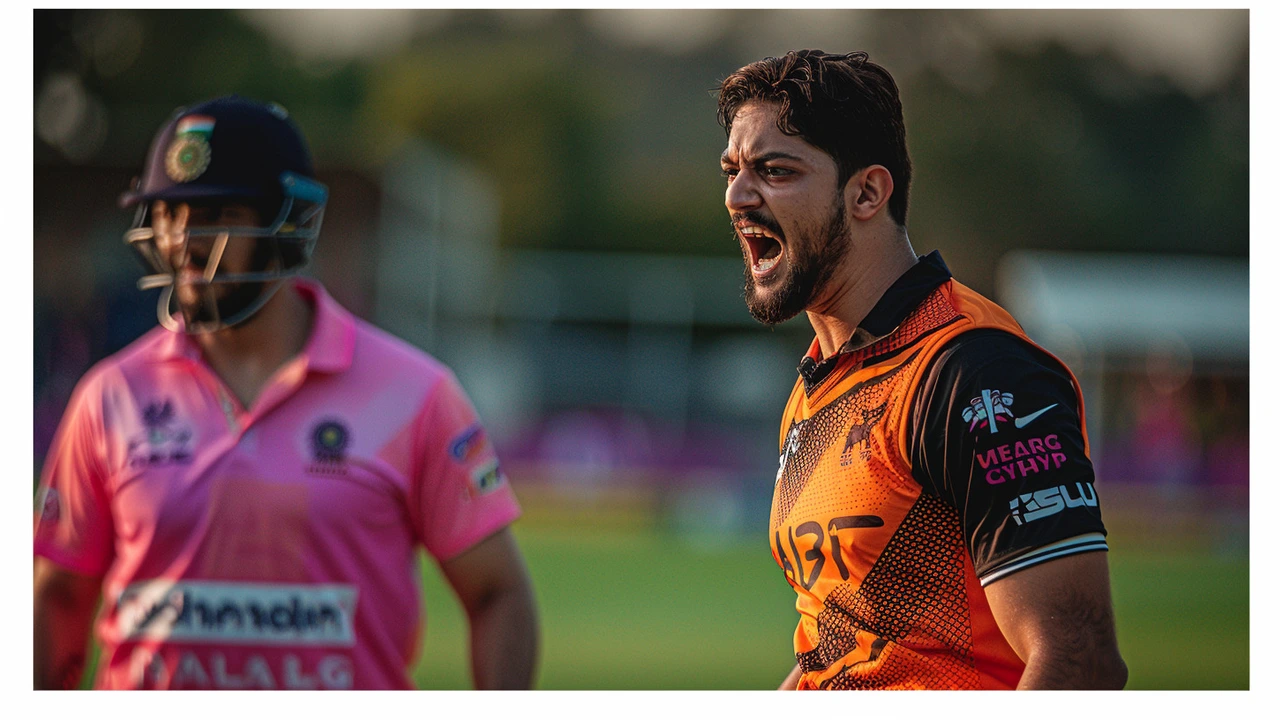2 May 2024
- 0 Comments
In a stunning display of cricket that captured the attention of millions, a recent IPL fixture between Sunrisers Hyderabad and Rajasthan Royals ended in controversy, sparking widespread debate over the rules of the game. The match, which held its breath until the very last ball, was decided by an umpire's call which many are now calling into question. This incident has brought to light the urgent need for a revisit and possible tweaking of the cricket rulebook to prevent such disputes in the future.
The Incident That Sparked Debate
In the heat of a closely contested match, the final delivery was bowled to Rovman Powell. As the batsmen scrambled to steal a crucial run that would have tied the game, the umpire deemed Powell out. However, confusion ensued as Powell and his teammate Ashwin had successfully completed the run prior to the call. The replay indicated a potential error in judgment which proved controversial, as it demonstrated the potential impact of rigid rule interpretations on the game's outcome.
Understanding the Rulebook
The central issue revolves around the rule that considers the ball 'dead' the moment an umpire makes a decision. This practice currently stops all play immediately, regardless of the accuracy of the call or any subsequent technology review outcomes. This can, and has, led to discrepancies in game results which could influence not just the match at hand, but championship outcomes.
Proposed Amendments
Famed cricketer Dale Steyn has stepped into the discussion, suggesting a simplistic yet seemingly effective revision to existing protocols. Steyn proposes that play should not halt until the ball has actually come to a stop, irrespective of the umpire's call. This change would allow continuous play and enable corrections to any mistaken umpire decisions post factum, thereby upholding the spirit and fairness of the game.
The Impact of Technology in Cricket
Technology has been a double-edged sword in cricket. While tools like the Decision Review System (DRS) have enhanced the accuracy of decisions, they also highlight the limitations when rules do not fully capitalize on the technology available. This incident underscores the need for rules that adapt to technological advancements, ensuring that they maximize fairness and minimize human error impact.
Global Response and the Future of Cricket Rules
The cricket community worldwide has reacted with a mixture of disbelief and calls for change. From former players to fans, the consensus leans towards a need for immediate action concerning the rulebook. Cricket governing bodies are thus under pressure to consider these proposed changes to avert similar incidents in the future. Discussions and debates are ongoing, with many hoping for quick reforms.
This controversial event serves as a crucial case study for sports administrations globally. It illustrates the imperatives of adapting sports laws to not only keep pace with technological advancements but also preserve the integrity of the sport. As the IPL continues to grow in popularity, the clarity and fairness of its rules will be paramount in sustaining its global stature and reputation.

Submit a Comment